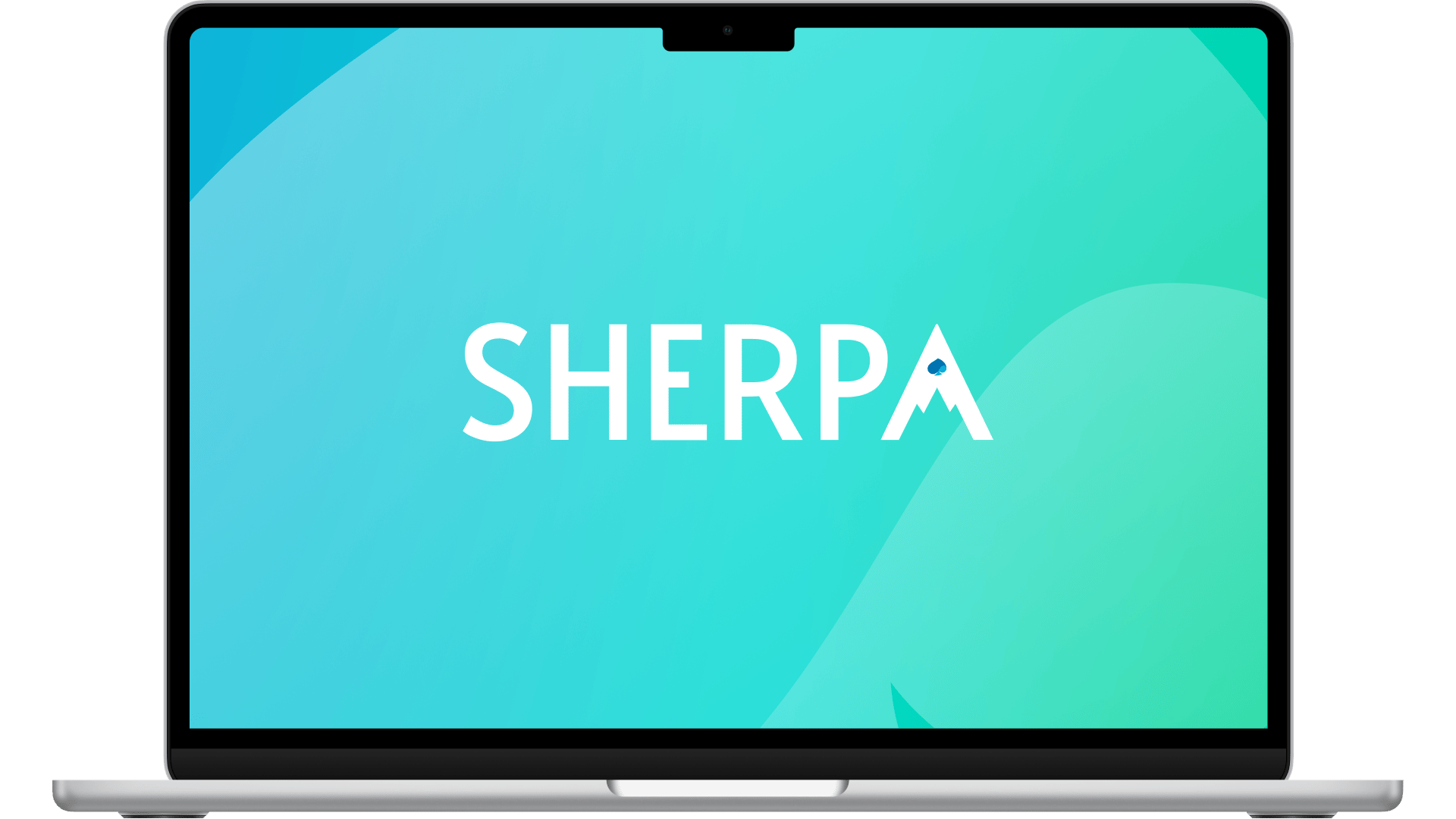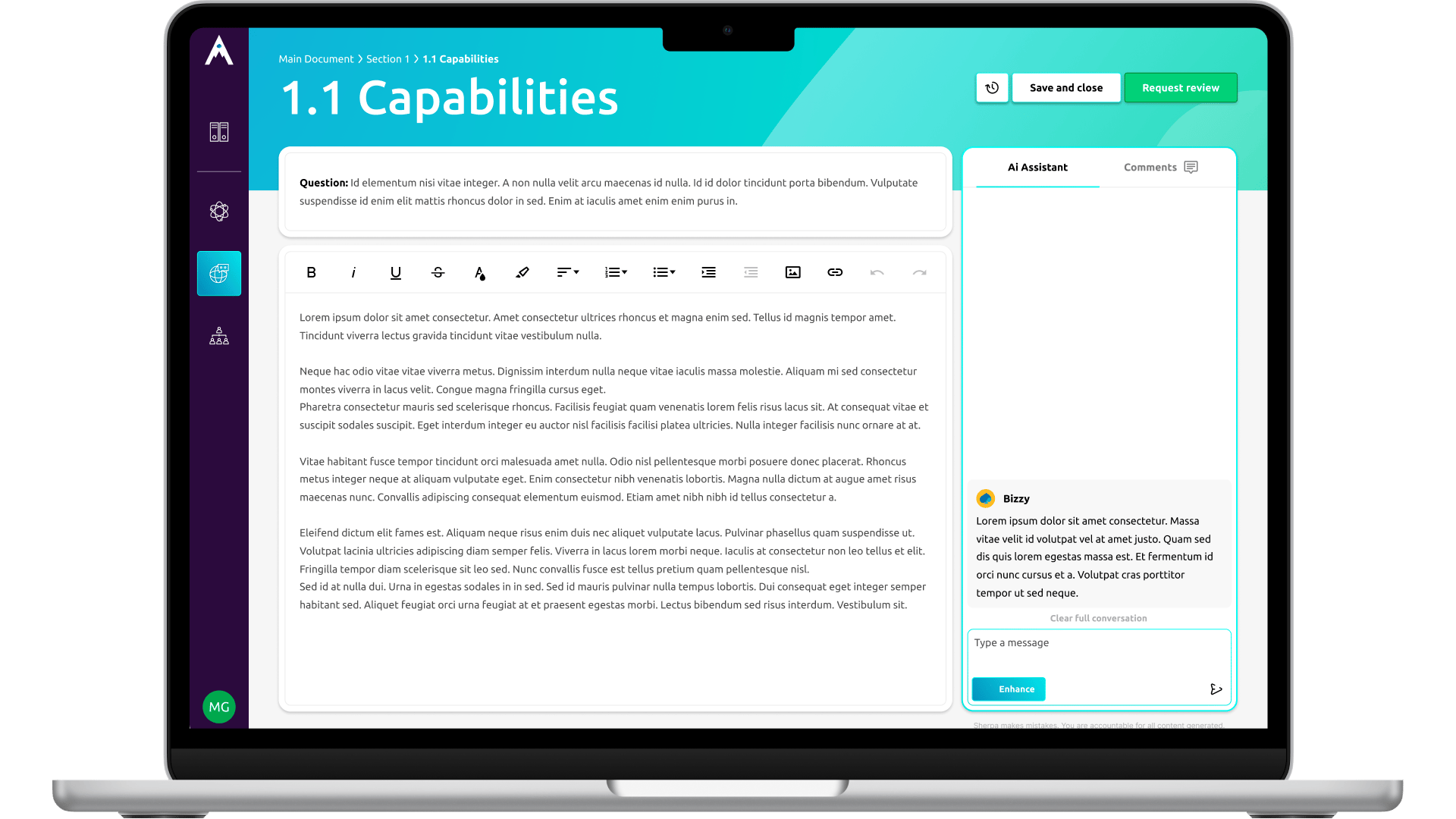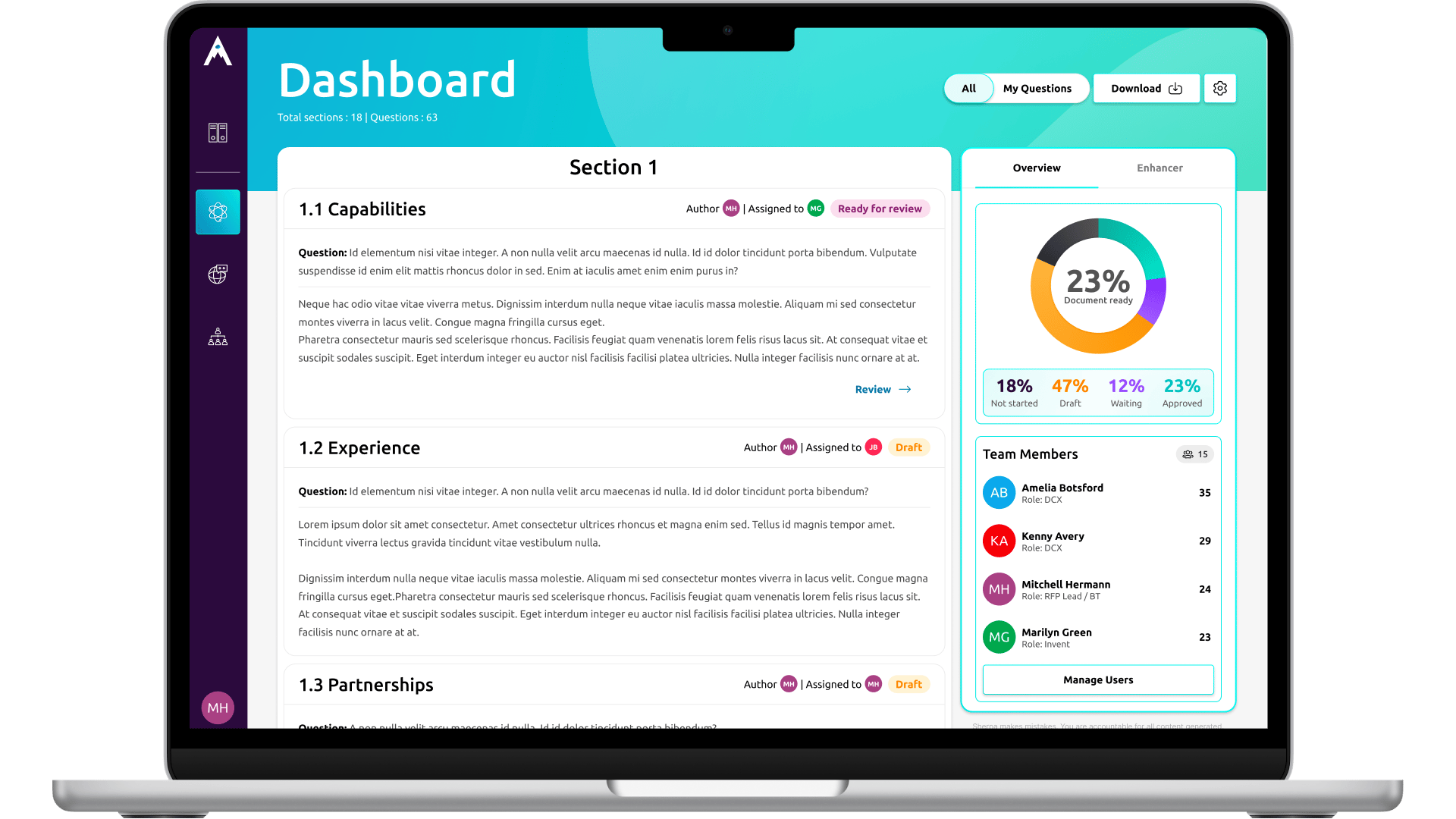Sherpa is an internal generative AI platform developed for Capgemini employees to streamline and support the efficient creation of RFPs. I led the UX/UI design of the project, from defining user flows and creating wireframes to developing the complete UI system and delivering developer-ready prototypes. The goal was to ensure a seamless and intuitive experience that empowers users to generate high-quality proposals with ease.
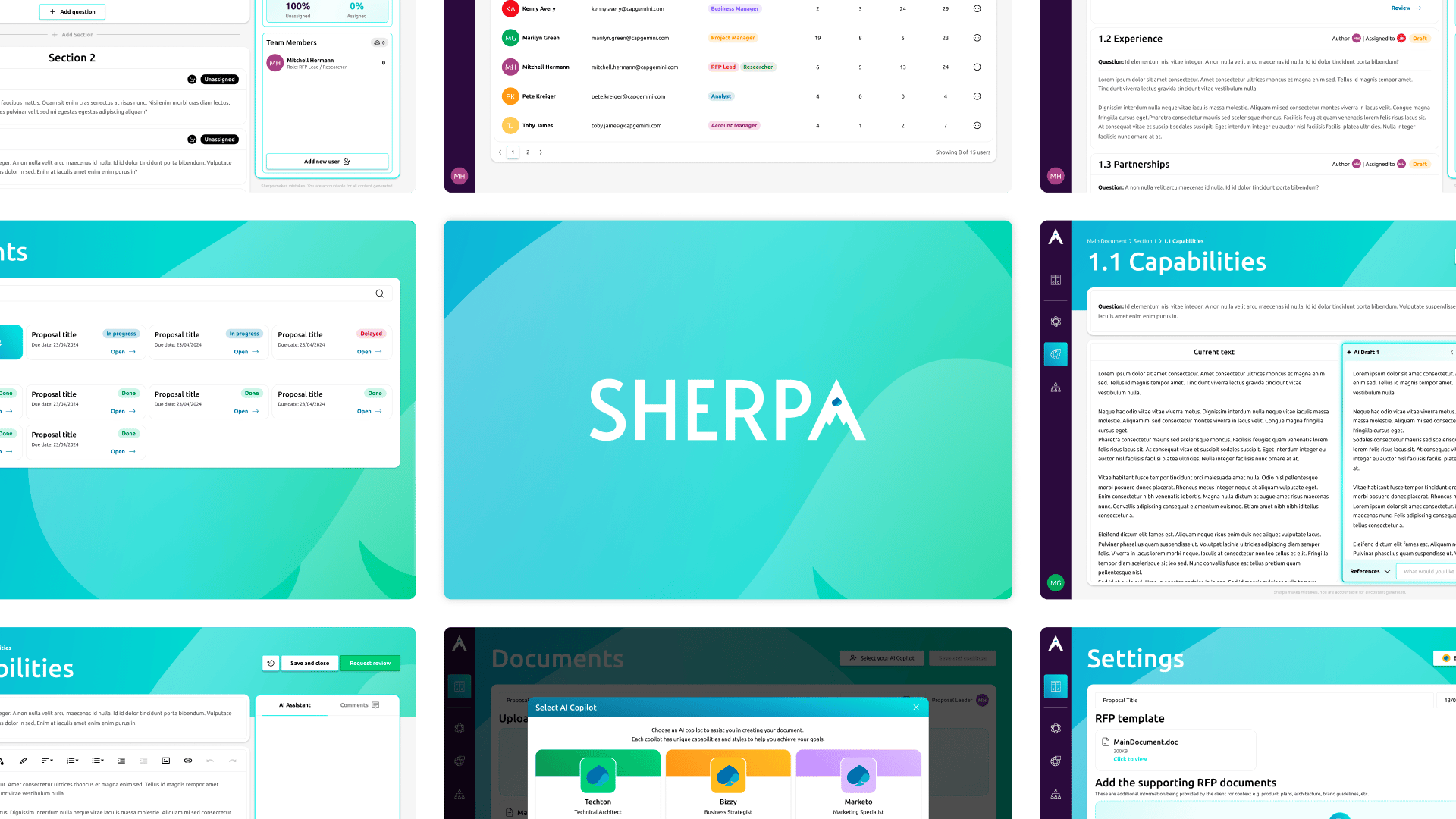
01. Overview
Sherpa is an internal generative AI platform created to streamline the creation of RFPs (Request for Proposals) for Capgemini employees. I led the UX/UI design from start to finish, defining user flows, crafting wireframes, developing the full UI system, and delivering developer-ready prototypes. The goal was to create a seamless and intuitive experience that empowered users to generate high-quality proposals faster and more efficiently.
02. Problem
Before Sherpa, creating RFPs was slow and susceptible to errors. The process involved multiple people across different countries and each proposal contained numerous questions requiring input from various subject matter experts. These experts had to manually search for information across different files, which consumed a lot of time and caused significant delays. In some cases, it could take weeks or even months to finalise a single proposal.
The main challenge was to reduce the time experts spent gathering and drafting responses without losing the accuracy and quality of the final content. Sherpa addressed this by using AI and database integration to generate initial automated answers that users could refine. The platform also displayed the source of the information, allowing users to double-check and confirm accuracy, ensuring the expert remained in full control.
First concepts
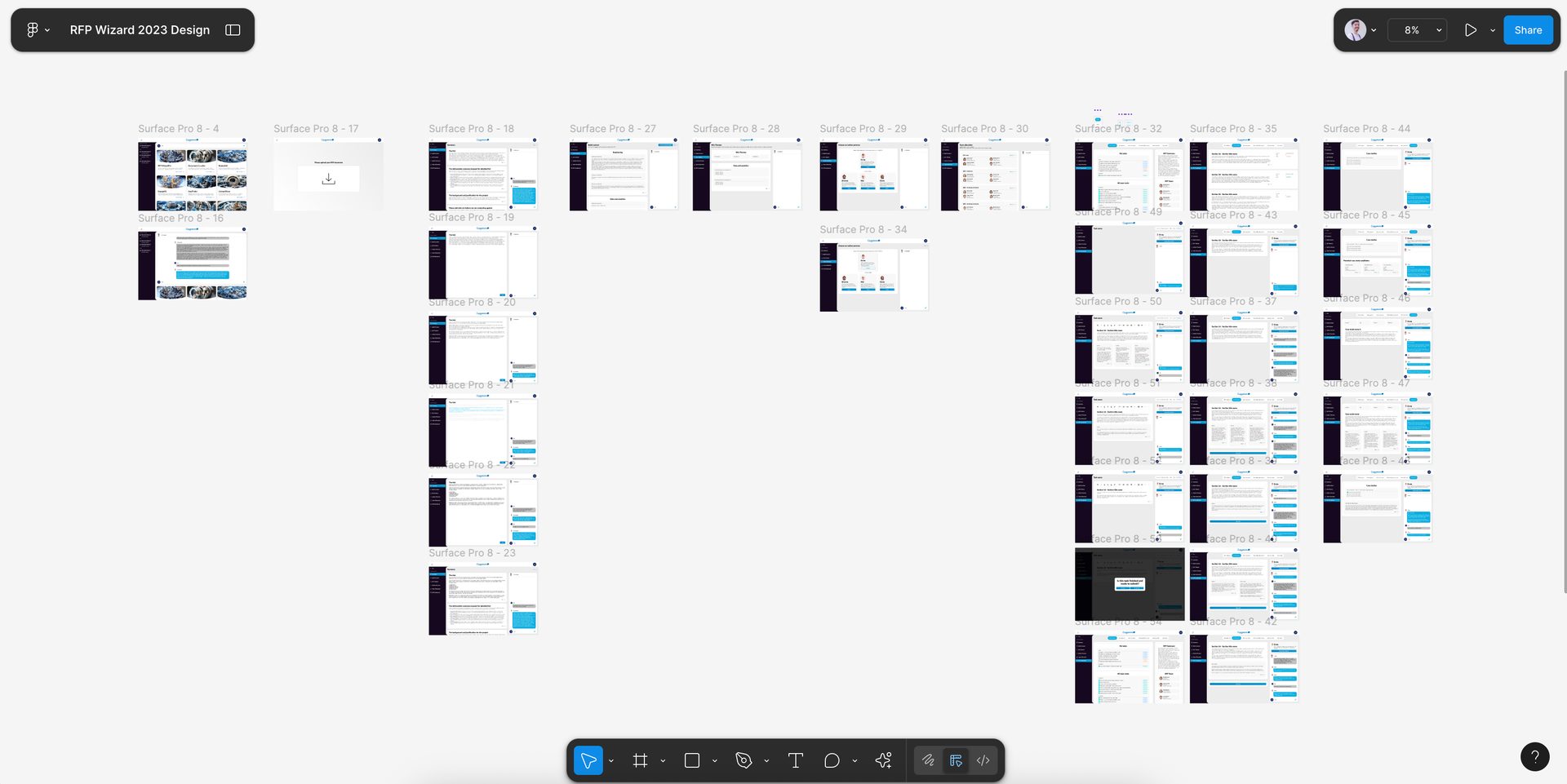
03. Design Process
Understanding User Needs
I mapped out the main pain points: lengthy data searches, the need to verify information, and the desire to keep subject matter experts directly involved. The insights showed that users wanted faster initial drafts but with the ability to edit and approve content themselves.
User Flows and Wireframes
I designed user flows to support AI-generated answers with clear opportunities for user review and editing. Low-fidelity wireframes helped validate the workflow and ensure that the process of refining AI content felt natural and efficient.
UI System and Component Library
I built a comprehensive design system including elements to highlight data sources, facilitate quick adjustments, and maintain consistent branding. This made it easier for developers to build and for users to recognise patterns across the platform.
High-Fidelity Prototypes and Handoff
I transformed the wireframes into high-fidelity prototypes with an intuitive layout, clear visual hierarchy, and accessible navigation. These prototypes were tested internally and then handed off to developers with detailed specifications for smooth implementation.
Components
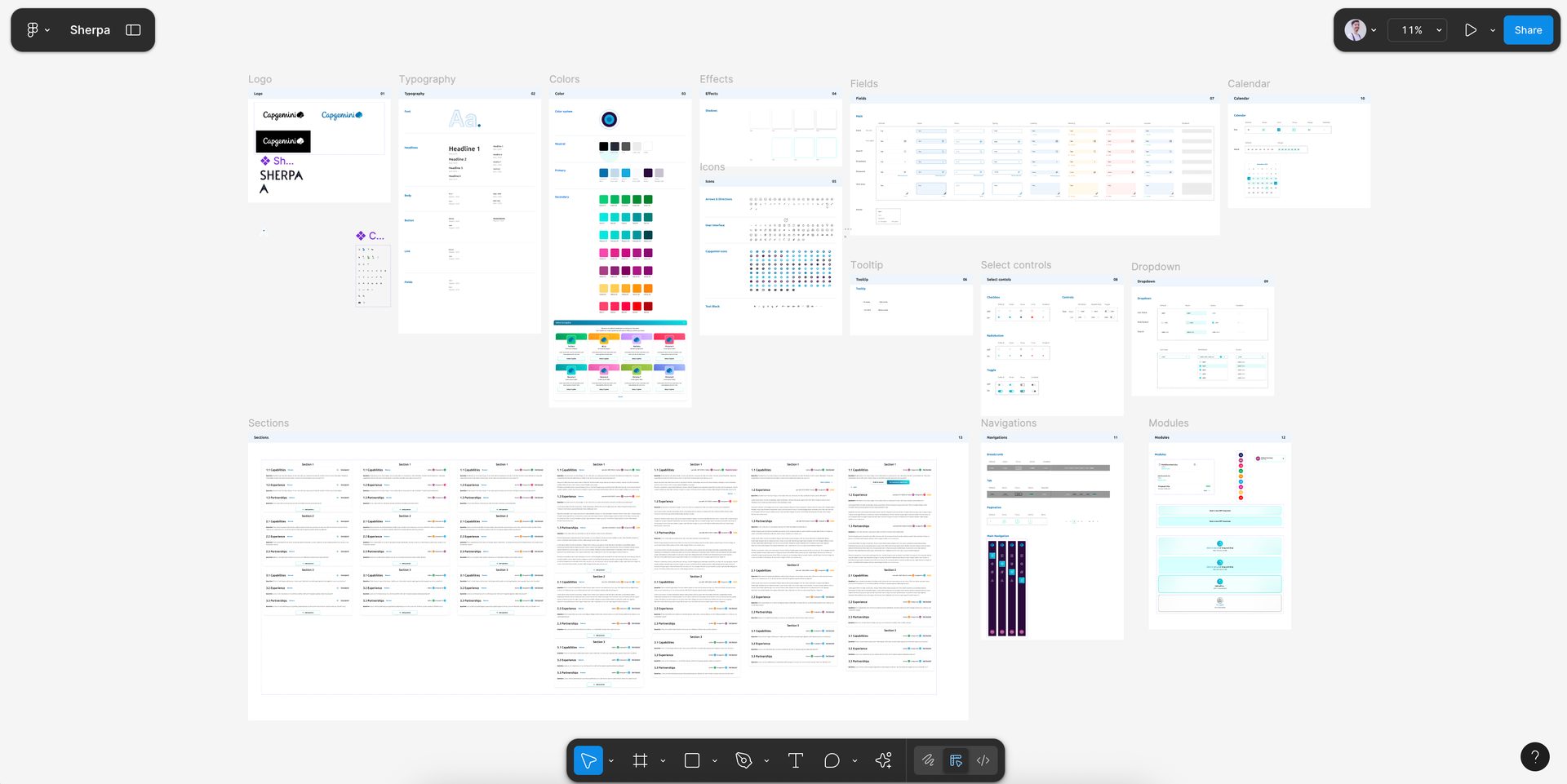
Final Design
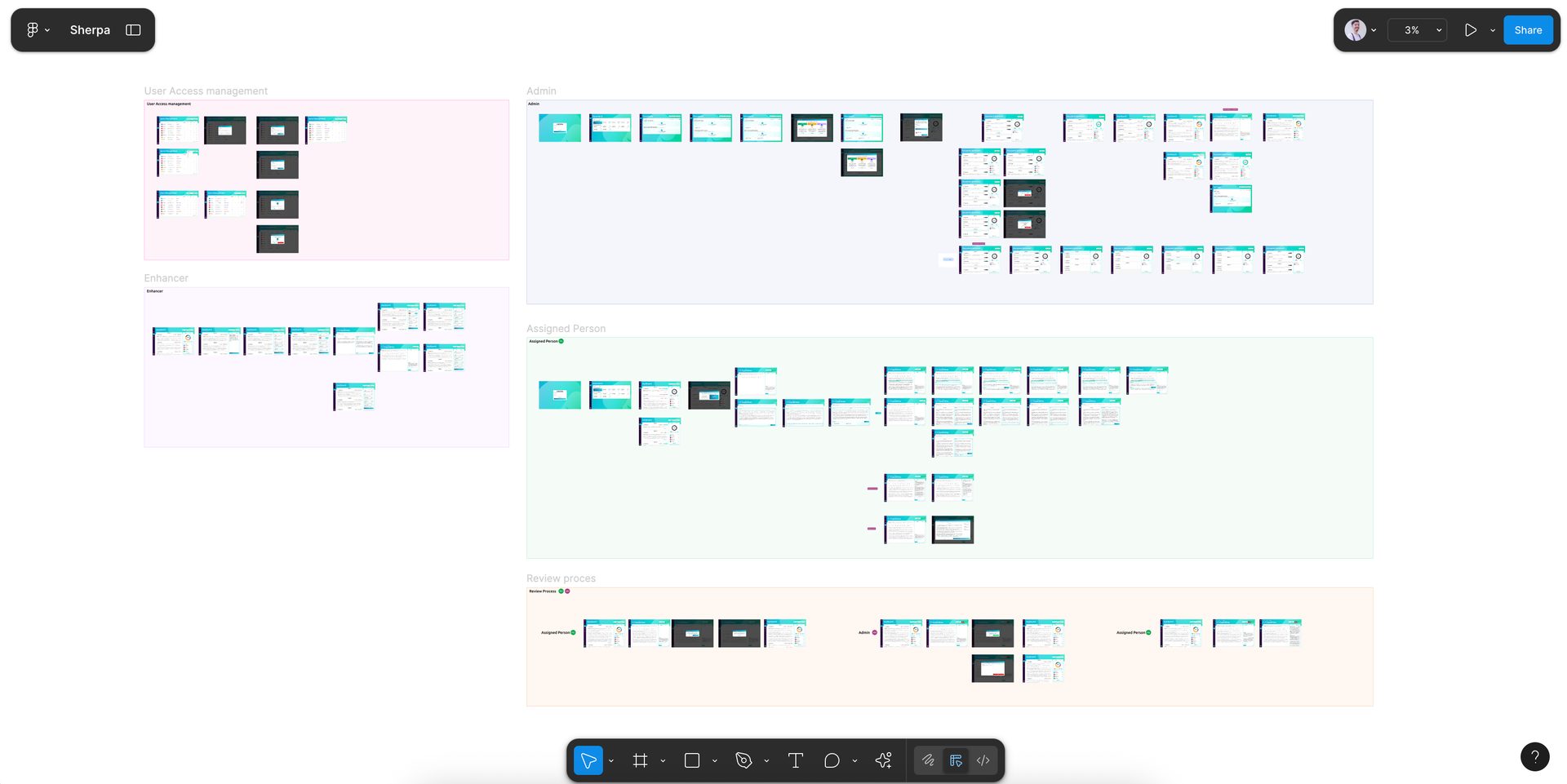
04. Solution & Results
The Sherpa platform provides a unified environment where employees can generate AI-assisted RFP content quickly and verify the sources of information in real time.
Key improvements include:
• Significant reduction in time to complete RFPs.
• Guided workflows that combine automation with human oversight.
• Consistent design patterns that improve adoption and ease of use.
• Improved quality and accuracy of proposals.
Sherpa has become a reliable tool for producing fast, accurate, and high-quality proposals, resulting in increased efficiency and greater satisfaction among its users.
